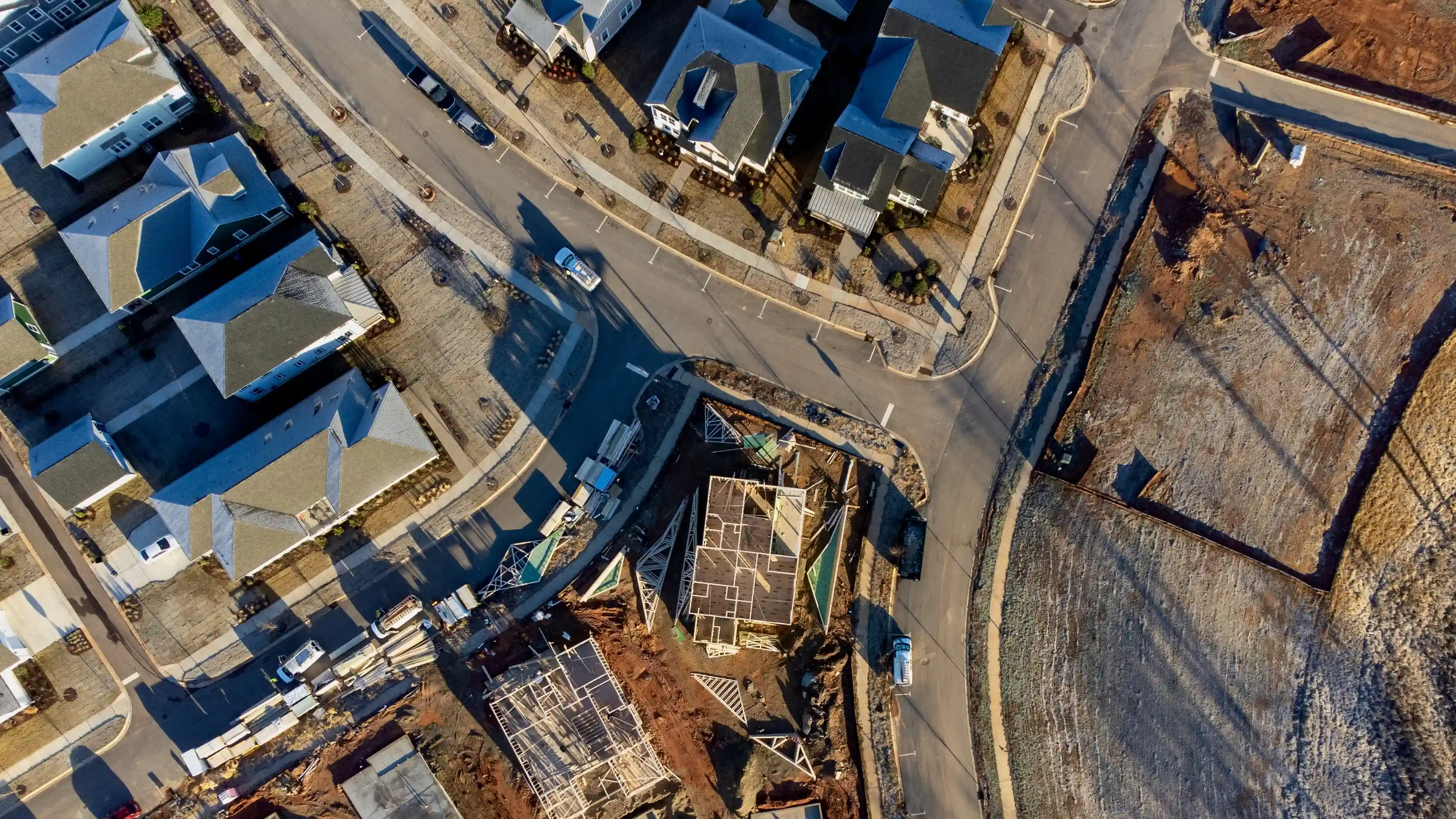
Machine learning reveals the factors that create inclusive prosperity.
Stories of gentrification and displacement have become common in the United States. This is particularly true in neighborhoods with concentrated poverty, defined as places where at least 30% of residents are poor. Cities across the country are seeing low-income communities pushed out of their homes as rent prices and the cost-of-living continue to climb.
However, another type of change is also occurring. In recent years, hundreds of neighborhoods with concentrated poverty have been able to preserve their communities and significantly reduce poverty rates.
As the maps below illustrate, these places are found across the country. Each of the neighborhoods highlighted has prevented community displacement and seen poverty levels fall by 10 percentage points or more in the last decade.
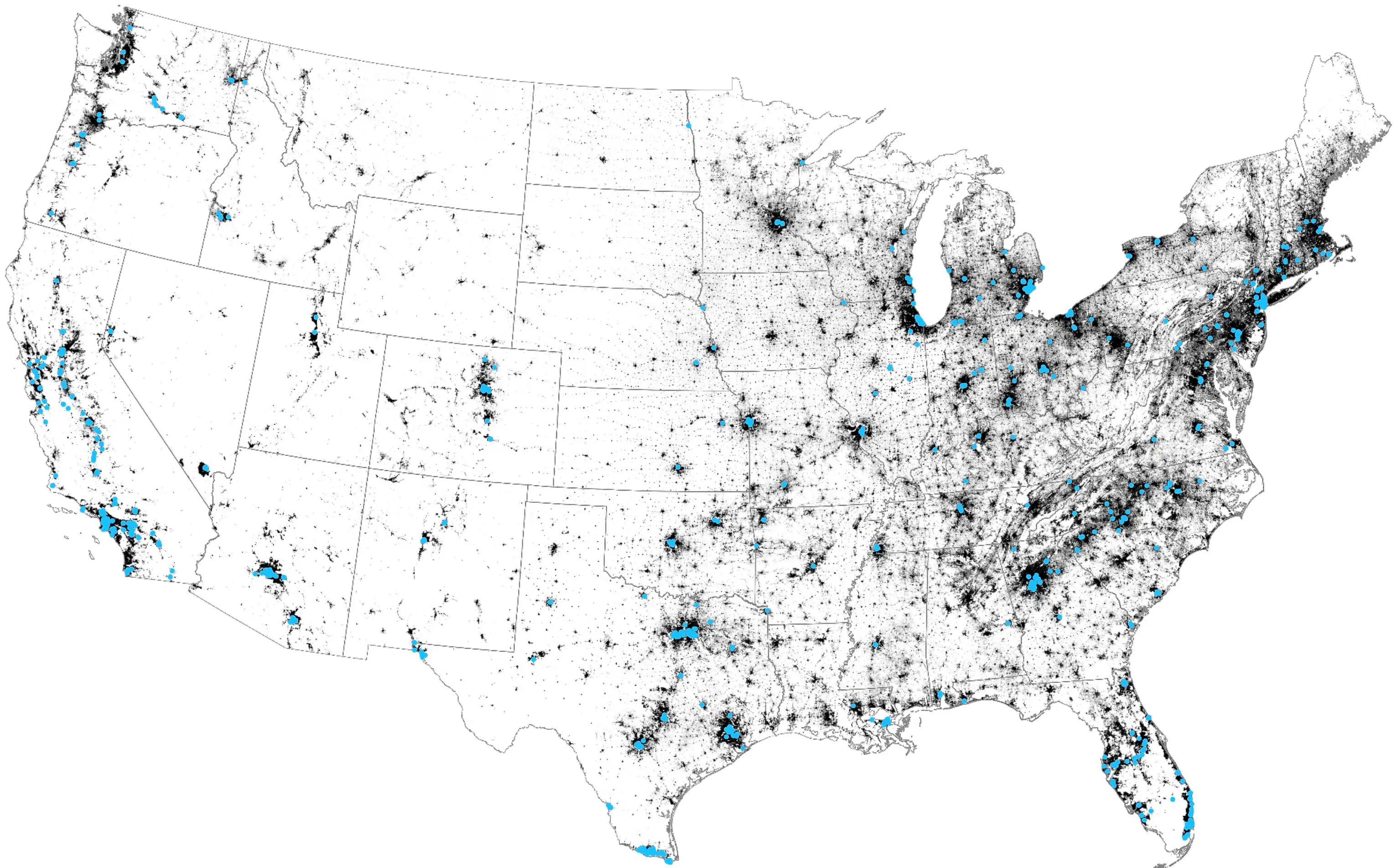
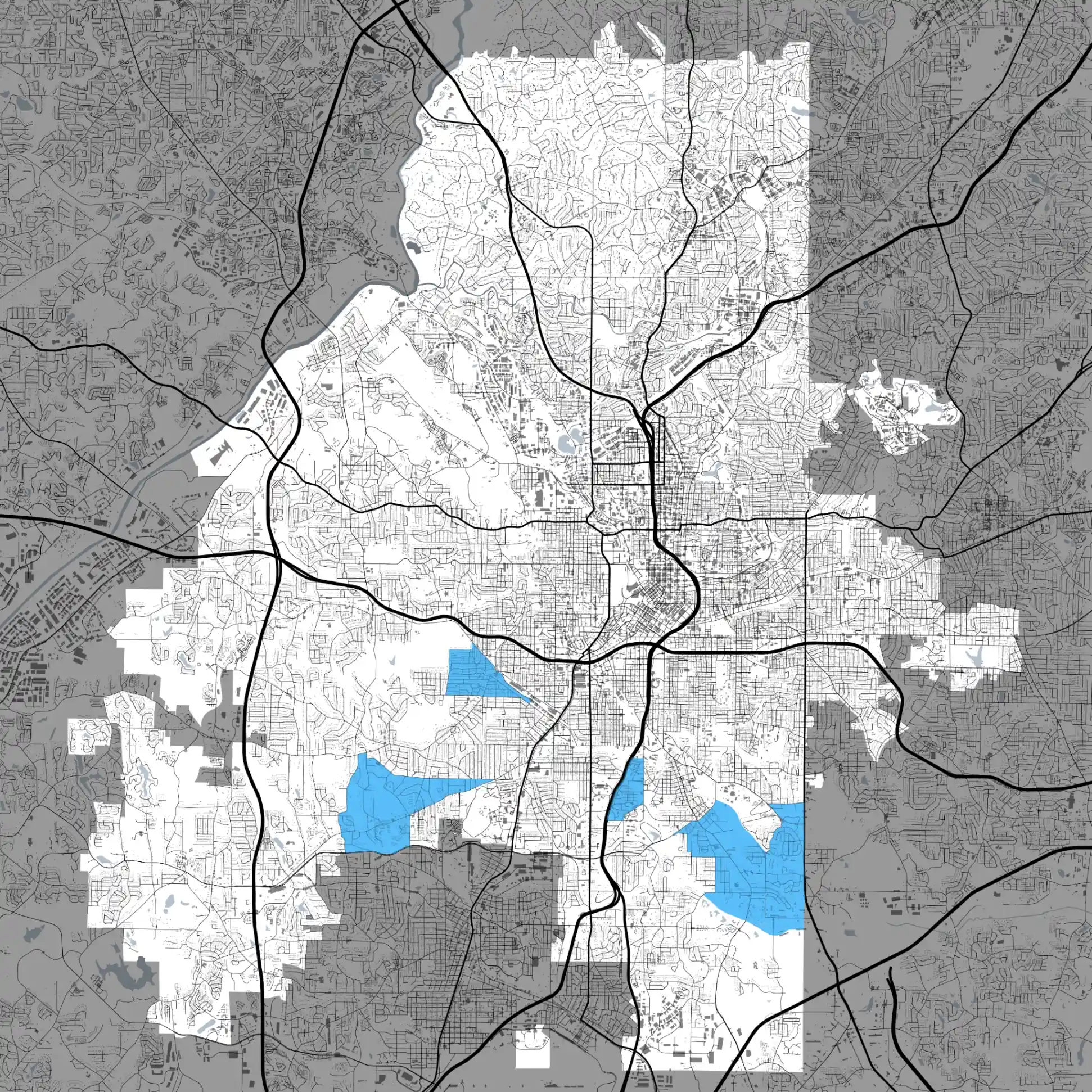
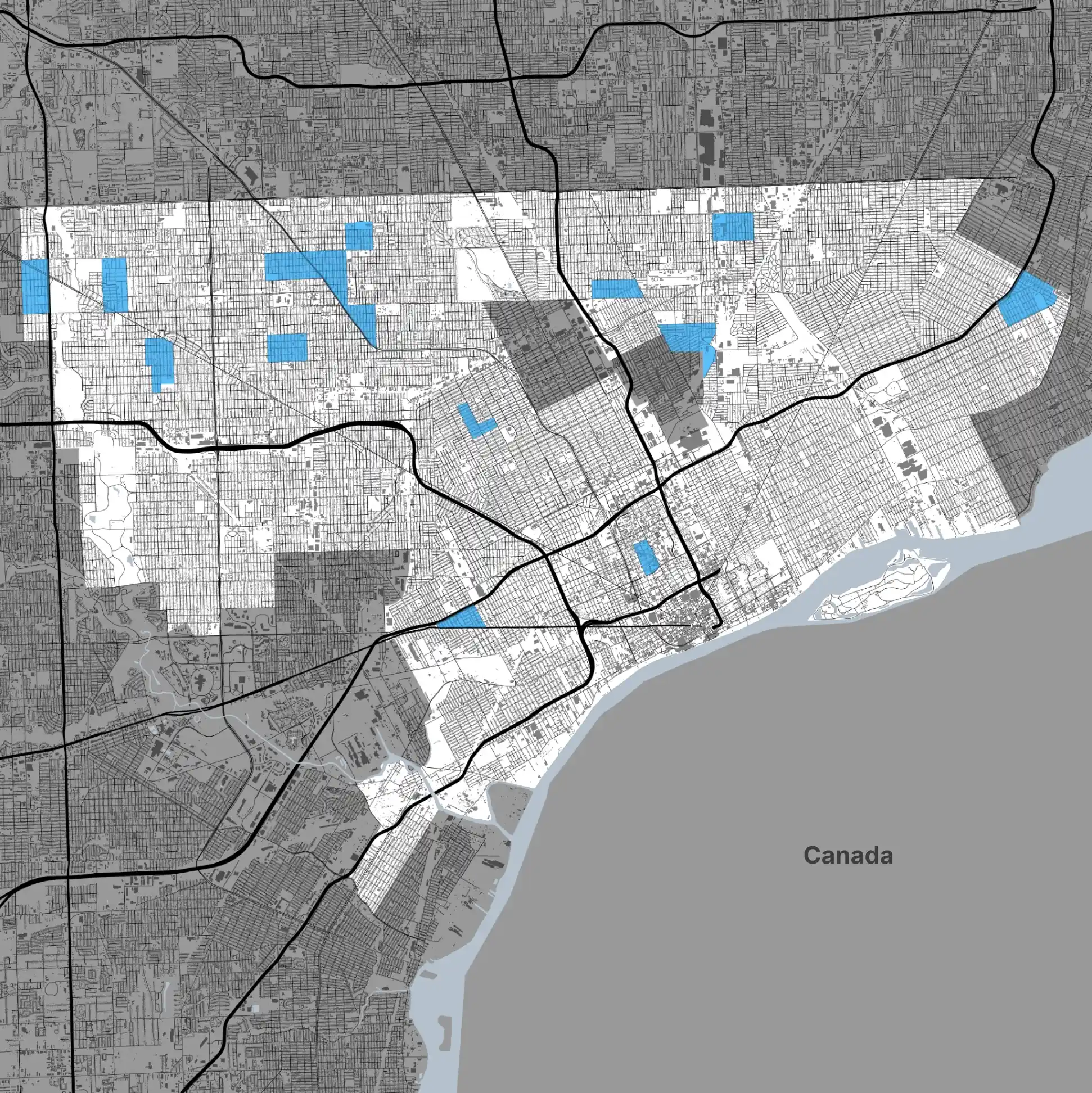
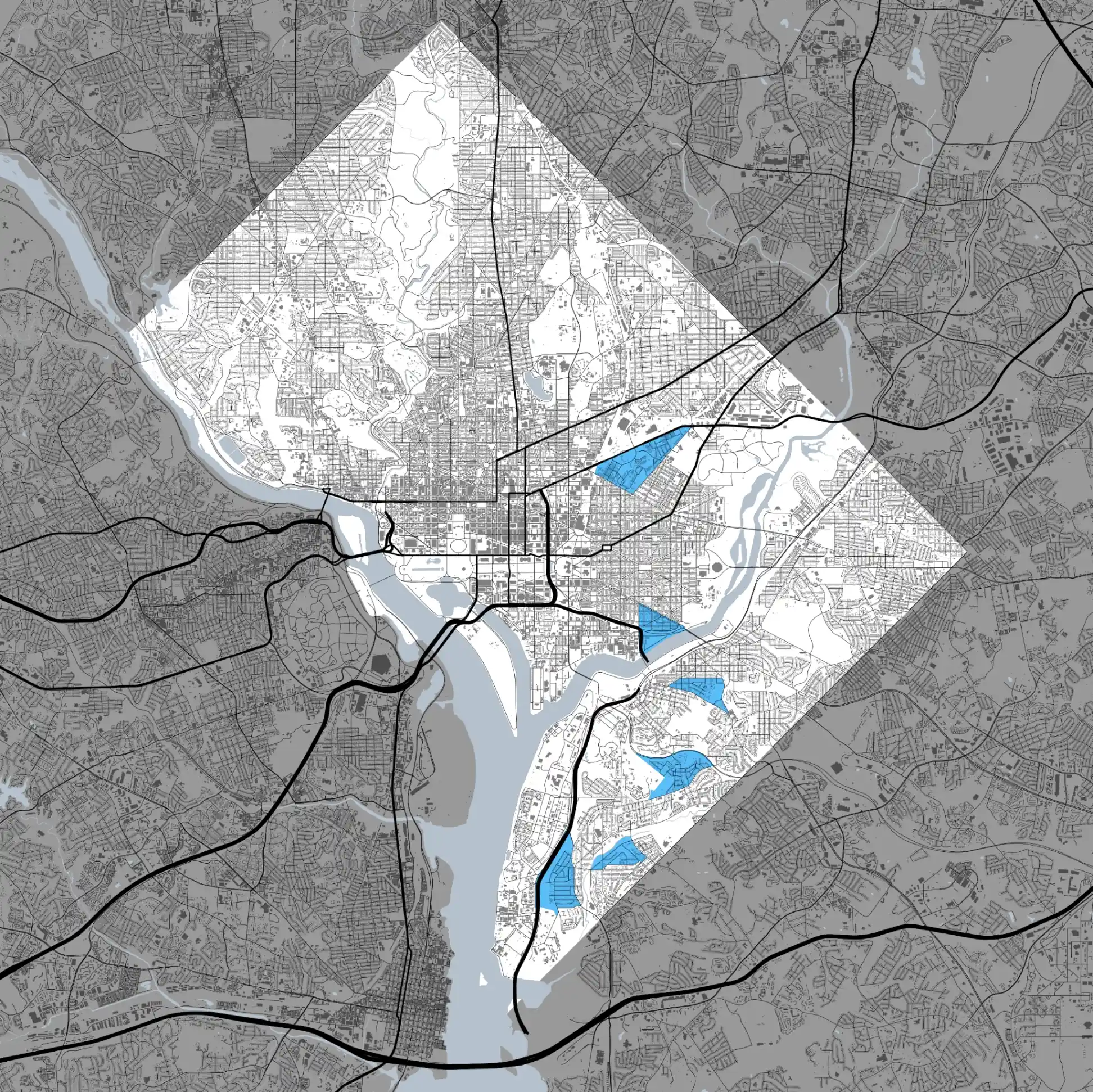
What makes these places different? We built one of the largest datasets on U.S. cities ever created to find the answer. It includes information on thousands of different characteristics for every block, neighborhood, and zip code in the nation.
Our team analyzed this data using machine learning—an AI tool that uses algorithms to find patterns—for a research study we authored for the Brookings Institution. This analysis revealed two lessons for leaders who want to help local communities.
There is no “silver bullet.” Data shows that no single program is enough to transform a neighborhood on its own.
Only a few things really matter. A small number of factors separate neighborhoods that avoid displacement and significantly reduce poverty from other areas.
We refer to these factors as “indicators of inclusive prosperity,” since they are associated with preventing displacement and decreases in poverty. As the chart below illustrates, neighborhoods that have more of these indicators have much higher rates of positive change in the future.
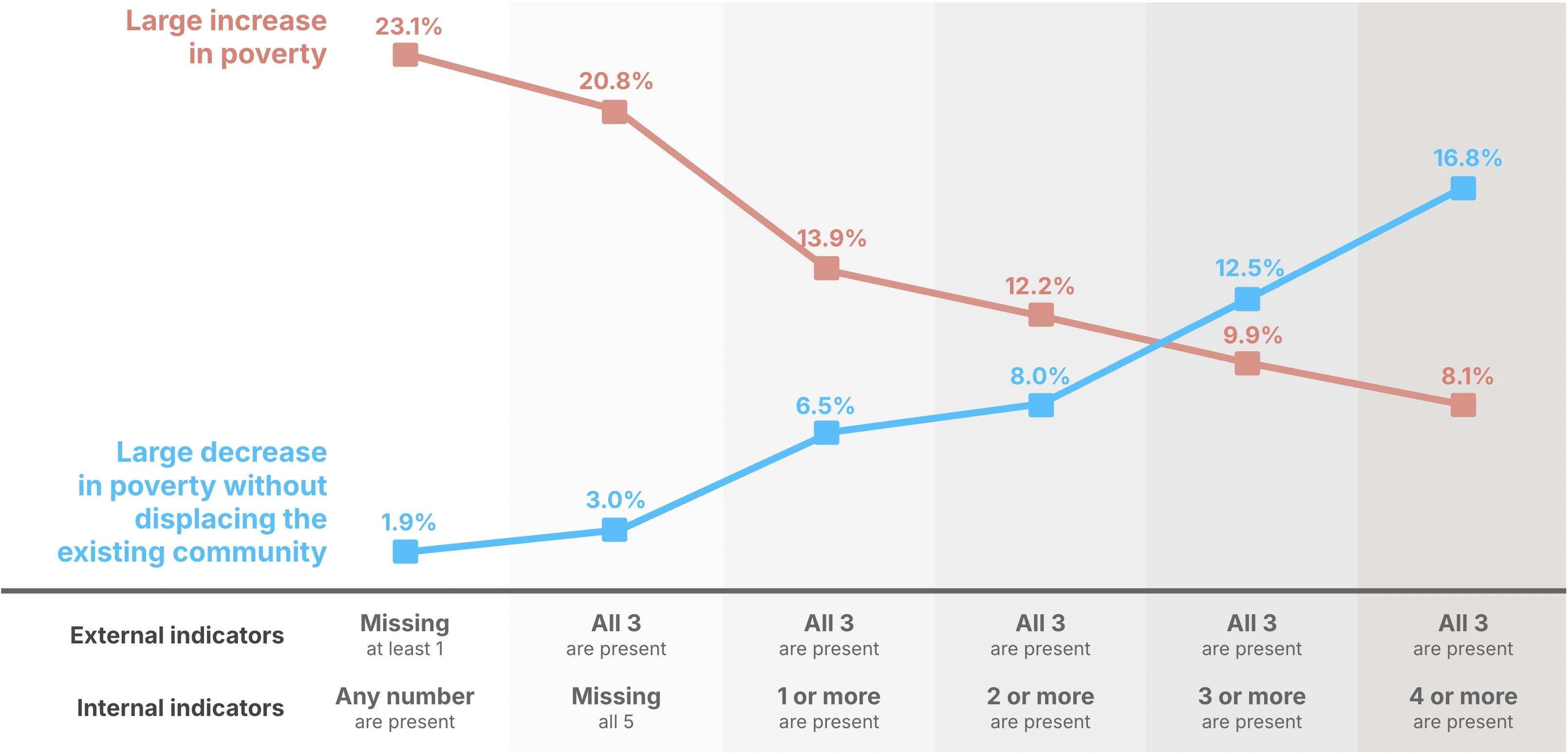
We found that there are three external indicators that signal the environment around a neighborhood supports future increases in inclusive prosperity.
Five internal indicators are also linked to the positive changes within a specific neighborhood.
The Boston Globe profiled a local neighborhood, called “Upham’s Corner”, that successfully combined a number of these indicators in recent years. This historic neighborhood was once a thriving commercial area, but fell into decline during the 1970s. It became well-known as a place where violence, arson, and illegal dumping were common.
Eventually, residents and city leaders decided to turn the neighborhood around. Local organizations began partnering together to repurpose old buildings, support local businesses, and improve residents’ quality of life. Over the years, they created non-profits to build new, affordable housing and helped reduce local vacancy rates.
Today, the community that lived used to live in Upham's Corner has been preserved even as Boston’s overall population continues to grow. And, poverty in the neighborhood has fallen significantly.
Places like Upham’s Corner are important examples leaders can learn from. They show that displacement and poverty are not inevitable. Our analyses show that neighborhoods can retain their communities and reduce poverty by combining the indicators of inclusive prosperity.